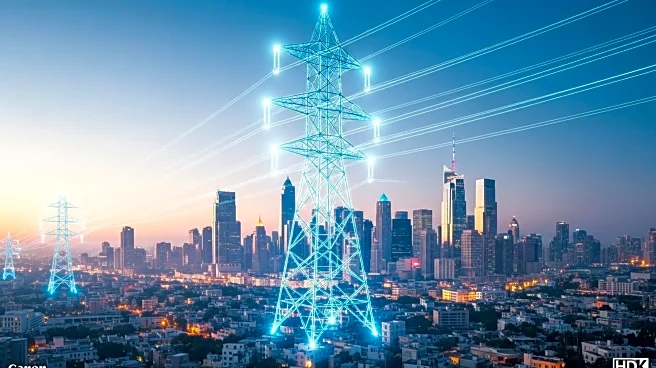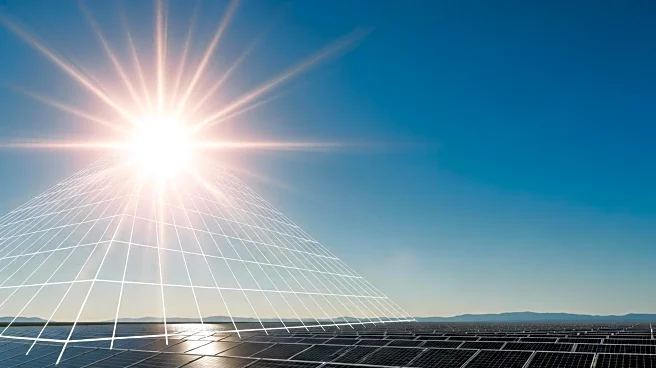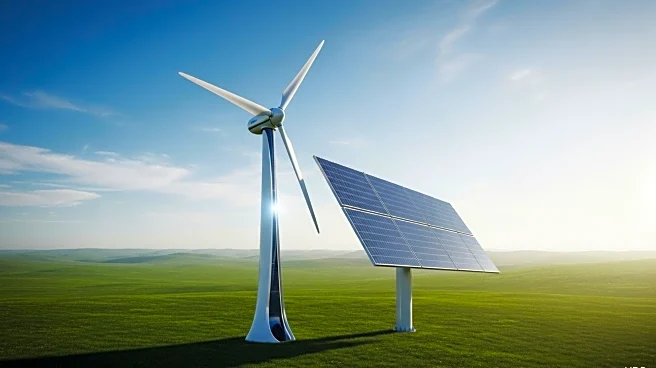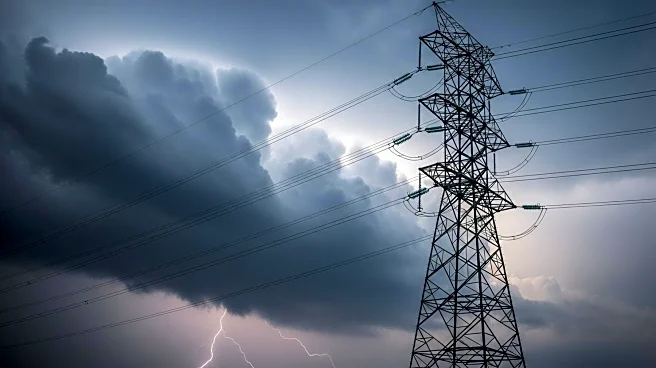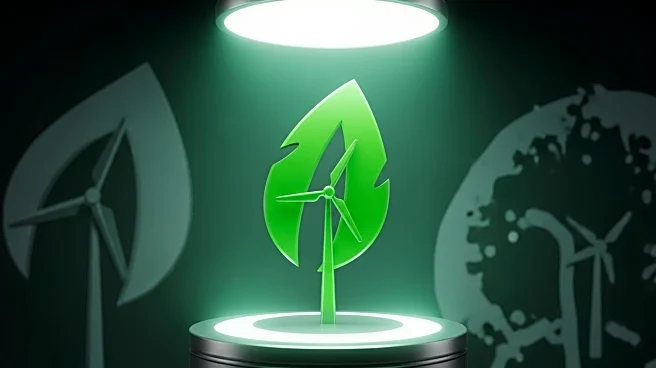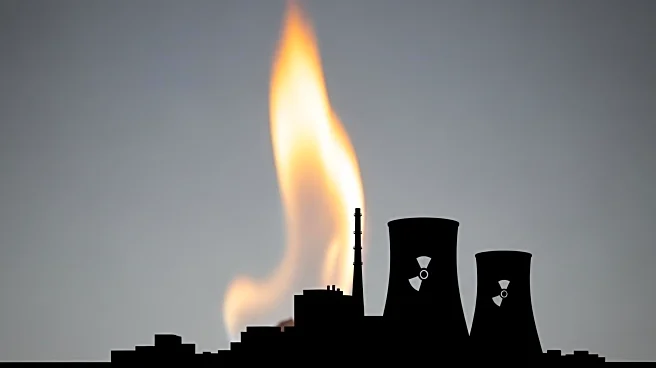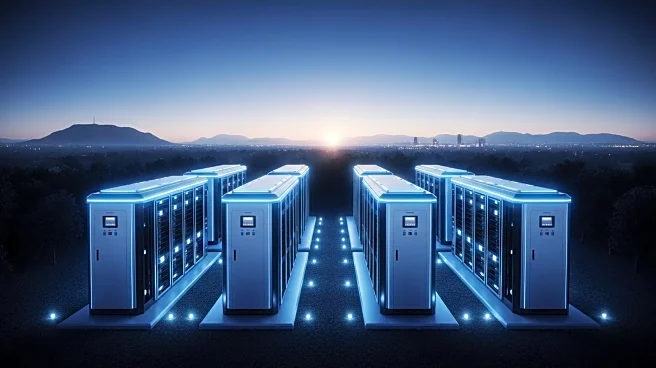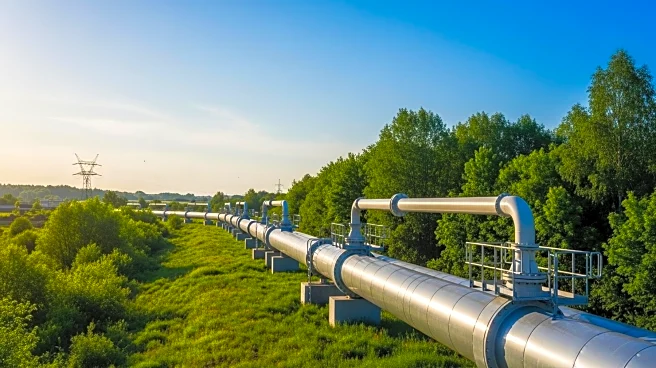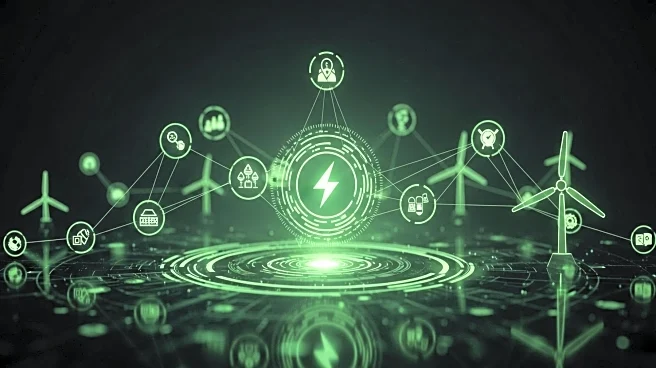What's Happening?
The U.S. electric system is undergoing rapid changes, driven by increasing electricity demand and sudden policy shifts. According to Energy and Environmental Economics, demand is projected to grow between 1.1% and 2.2% annually through 2035, fueled by sectors such as data centers, electric vehicles, heat pumps, and manufacturing. However, federal policy changes, including the One Big Beautiful Bill Act and recent tariffs, have introduced significant uncertainty in project economics. These policies affect the cost and viability of new renewable energy projects, with solar and wind facing increased risks due to trade restrictions and tax credit expirations. Battery storage projects are also impacted by tariffs, although they benefit from extended tax credit eligibility. The current environment is characterized by price dispersion and developers racing to secure contracts before incentives expire.
Why It's Important?
The evolving landscape of U.S. power markets has significant implications for the energy sector and broader economy. The uncertainty introduced by federal policies could lead to a boom-and-bust cycle in renewable energy development, affecting investment strategies and market stability. As demand for electricity grows, the need for new generation capacity becomes critical, yet the cost pressures and policy volatility may hinder timely development. This situation could impact energy prices, reliability, and the transition to cleaner energy sources. Stakeholders, including utilities and developers, must navigate these challenges by adopting flexible planning and procurement strategies to mitigate risks and capitalize on opportunities.
What's Next?
The future of U.S. power markets will likely involve continuous policy volatility, with potential swings in incentives and tariffs affecting development timelines. Developers may need to adjust their strategies, focusing on flexibility and modularity in project planning to accommodate changing conditions. The industry could see increased reliance on established developers and innovative contract structures to manage risks. As the demand for electricity continues to rise, stakeholders will need to anticipate and adapt to these uncertainties to ensure sustainable growth and energy security.
Beyond the Headlines
The current dynamics in U.S. power markets highlight broader ethical and strategic considerations. The reliance on imported technologies and materials raises questions about supply chain resilience and national security. Additionally, the environmental impact of energy production and consumption remains a critical concern, with policy decisions influencing the pace of the clean energy transition. Long-term shifts in energy policy could redefine the U.S.'s role in global energy markets and its commitment to addressing climate change.

